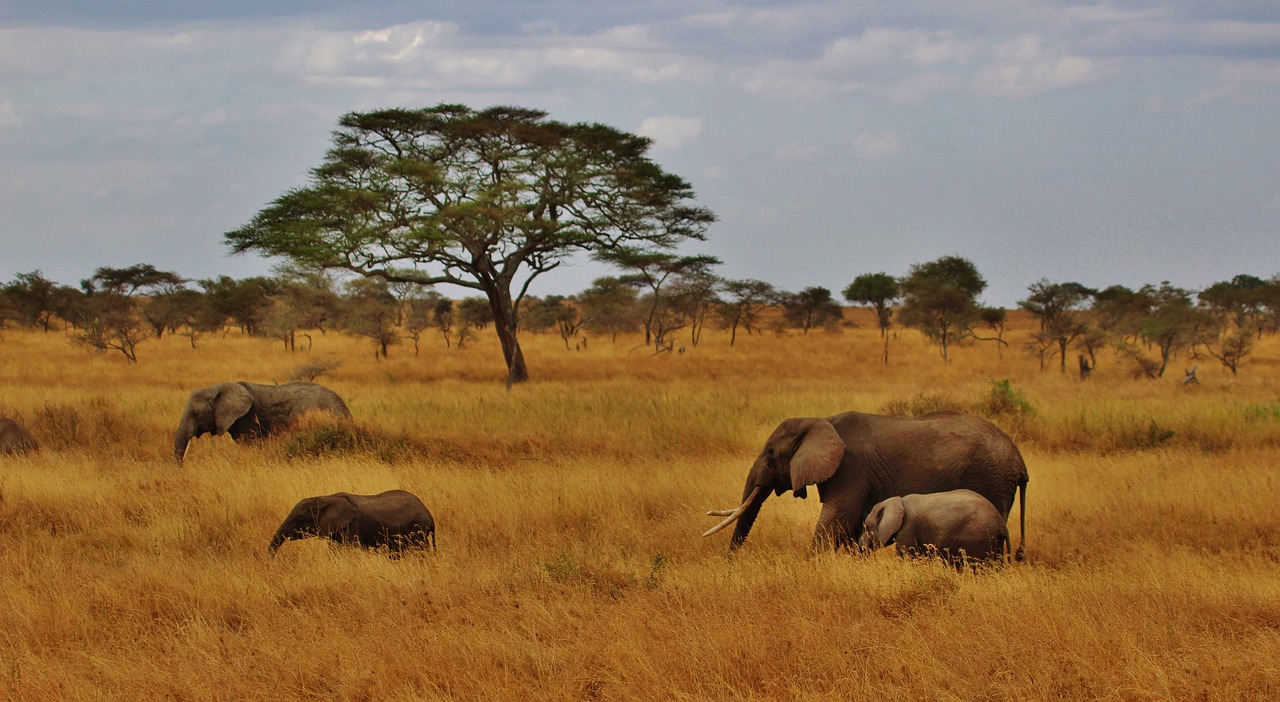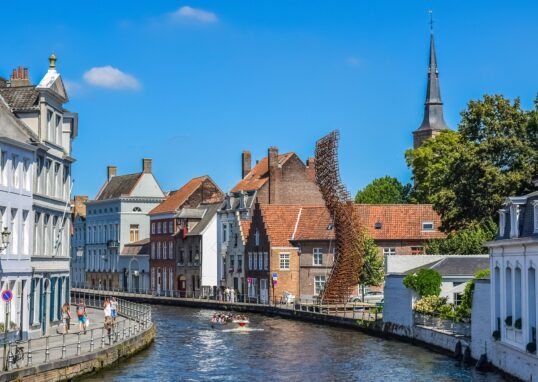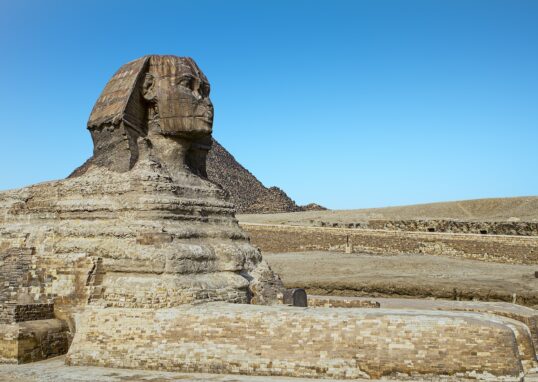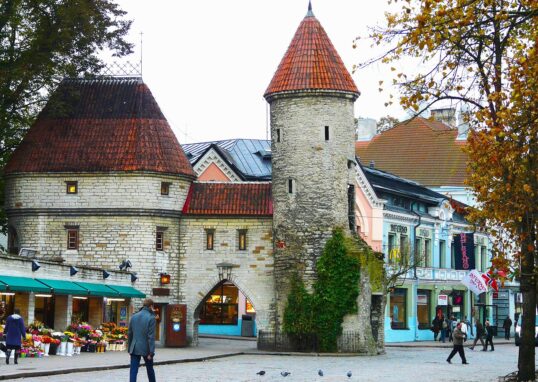
The Last Untamed Breath of Africa: Serengeti’s Unyielding Spirit
The Serengeti National Park is a renowned elephant conservation area located in northern Tanzania. It is part of the Silaleie ecosystem and extends several thousand square meters. In addition to being a forest reserve, it is also near the Maasai Mara, a western region of Kenya. The name “Serengeti” originates from the Maasai word “Siringet,” meaning “endless plains,” and reflects the region’s vastness.
This UNESCO World Heritage Site is renowned for its stunning scenery, diverse ecosystem, and the Great Migration. This unique wildlife spectacle draws visitors from around the world. The park is reminiscent of a real-life Madagascar in African nature, featuring a diverse array of species and showcasing many of the world’s rarest flora and fauna, including lions, leopards, elephants, buffalo, and a wide range of other wildlife.
Historical and Cultural Significance, Serengeti National Park, Tanzania
The park was established in 1951, but it has been a reserve since the early 20th century, when European expeditions and hunters first documented the kingdom of wildlife. The primary purpose of establishing and maintaining the park from its inception to the present day is to preserve its wealth of wildlife. For instance, besides them, German filmmakers and father-and-son team Bernhard and Michael Grzimek contributed to the worldwide recognition of the ecological significance of the Serengeti through their film and book release, “Serengeti Shall Not Die.”
The Great Migration
Ties have been formed between the Maasai people and the Serengeti primarily through their traditional way of life, and long years of this mutually beneficial relationship of coexistence have shaped them into the real silver elders of the place. The Maasai, in particular, clearly exemplify the ecosystem’s close connection between humanity and nature.
The most distinctive characteristic of the Serengeti is the Great Migration, which involves more than 1.5 million wildebeest, 200,000 zebras, and hundreds of thousands of gazelles as they search for fresh fields to graze on. This yearly migration, approximately 1,200 miles long, is typically prompted by seasonal rains. According to Moshirin, a project evaluator, it is the most music-to-the-ear sound that early African tribes could ever have imagined.
Wildlife of the Serengeti
The Serengeti is home to a diverse array of wildlife, each adapted to thrive in its varied habitats. These include predators like lions, leopards, cheetahs, and spotted hyenas. The park also hosts a diverse array of herbivores, ensuring its grasslands remain one of the most productive ecosystems on the Planet.
Bird enthusiasts will be delighted by the park’s over 500 bird species, including the martial eagle, Kori bustard, secretary bird, and the Ostrich, the largest bird on Earth.
Predators of the Serengeti
Serengeti National Park in Tanzania is one of the most renowned destinations on the planet for its diverse wildlife and rich biodiversity. It is widely recognized for its natural beauty and is characterized by a rich biodiversity. It is particularly renowned for the Great Migration, which includes over 1.5 million wildebeest, 200,000 zebras, and gazelles, as the animals move through the plains in search of green pastures, the most significant land migration in the world. The park covers an area of 14.750 square kilometers, and it is equipped with vast grasslands, savannahs, rivers, and kopjes. The park is famous for the Great Migration, during which over 1.5 million wildebeest, along with 200,000 zebras and gazelles, migrate across the plains in search of greener pastures, making it the largest land migration in the world.
Scenic Landscapes
The landscapes of Serengeti National Park encompass many beautiful things on earth, including those we have never seen ourselves. The park is primarily known for its vast, open plains, visible from a distance. These plains are especially attractive when the golden grasses blow in the wind during the dry season, providing a quintessential African safari backdrop.
Large rock formations are scattered on the plains of the Serengeti and the Kopjes. That dramatic result of long-distance interaction between the rich volcanic soils and the beautiful-looking granite of these Serengeti rocks was the remarkably high number of animal species thriving on the rich, nutritious food obtained there from tender plants. The Seronera Valley is also called the “heart of the Serengeti.” It is an excellent site to watch wildlife because it has a water supply all year round, and therefore is of great importance to most animals, which can lap up water even in the dry season. Since the rains feed the Seronera River, it winds through the valley, thus creating the much-welcomed stylish contrast of lush green vegetation.
The main attraction, the pack of predators, is what has made its name in the Serengeti Valley. Predators such as lions, leopards, and cheetahs are also well-represented there.
Grumeti and Mara Rivers
The Grumeti River, located in the western region, as well as the Serengeti’s eastern and western branches, and the Mara River in the north, are considered one of the most critical routes of the Great Migration. The rivers carry the herds through the park to the water, which is also the habitat for the enormous Nile crocodile population. These crocodiles lurk and attack the immigrants as they cross through their migration pattern.
These impressive river crossings, particularly the one at the Mara River, are key points and are the park’s four crown experiences. The spectacle of these animals plunging down the river (water) and hurrying is amazing.
One surefire way to experience wildlife in natural and unadulterated form in Serengeti National Park is through a safari. The safety net is the variety of safaris provided; therefore, you will surely get the one that best suits your affinity and budget.
The most common way to explore the Serengeti is through game drives, where visitors travel in 4×4 vehicles with experienced guides. These drives can be arranged at different times, with early morning and late afternoon being the best times for wildlife viewing.
Many visitors opt for hot-air ballooning to view the Serengeti from a unique perspective. The silence of the flight and the birds chirping below will ensure you don’t miss the spectacle of the sunrise. At an altitude of 1,000 feet, you can view the Great Migration and observe the animals’ discovery.
The Great Migration
The World’s Most Iconic Wildlife Event
The Great Migration is the foremost attraction of any journey through the Serengeti. A cycle journey commences every year with the birthing of thousands of wildebeest calves in the Ndutu (southern Serengeti) region from January to March. With the advent of the dry season, the herds set out on their long journey to the north, to the shores of the Grumeti and Mara rivers, where they meet their natural enemies, among other crocodiles. This expedition is nevertheless fraught with danger, as most animals are hindered by natural obstacles and hunted by lions, leopards, and hyenas. The animals return home in October, ultimately completing the cycle.
Wildlife Diversity
Predators and Herbivores
The Serengeti is home to the Big Five—lion, leopard, elephant, rhinoceros, and buffalo—along with cheetahs, hyenas, hippopotamuses, and giraffes. The central Seronera Valley is particularly famous for predator sightings, where lions and leopards roam the kopjes. Elephants traverse the woodlands, while buffalo and giraffes can be seen grazing in the open savannah.
In addition to the large mammals, the Serengeti boasts over 500 species of birds, including the martial eagle, secretary bird, and the Kori bustard.
Scenic Landscapes
Endless Plains and Iconic Kopjes
The Serengeti’s endless plains stretch for miles, a quintessential African landscape that changes with the seasons. During the dry season, the golden grasses of the plains stand out in contrast to the lush greenery along the riverbanks. The kopjes—rocky outcrops—are unique features where predators, such as lions, find shade, and leopards rest in the sun.
Safari Experiences
Game Drives, Hot Air Balloons, and Cultural Tours
Those who visit the Serengeti have numerous options when embarking on a safari. Game drives allow visitors in 4×4 cars to observe the park’s wildlife up close, making it a popular experience for most tourists. Early mornings and late afternoons are the most successful times for predators to hunt.
To see things from another perspective, balloon safaris offer passengers a bird ‘s-eye view of the plains at sunrise. A discontinued flight over the Serengeti basin offers an unspoiled view that provides a rare perspective on the Great Migration and the vast steppes of wild animals below.
Preservation and Conservation Efforts
Conservation efforts in the Serengeti have been ongoing for decades. Early conservationists, such as Bernhard Grzimek, played a crucial role in bringing global attention to the park. His film “Serengeti Shall Not Die” helped raise awareness about the importance of preserving this delicate ecosystem.
Tourism and Accessibility
Serengeti National Park is a popular destination for tourists seeking an authentic African safari experience. The park offers a range of accommodation options, from luxury lodges to mobile tented camps that follow the migration. Another African wildlife park is Kruger National Park. You’ll find Kruger National Park in northeastern South Africa, which ranks among Africa’s biggest and most famous wildlife sanctuaries.
Conclusion
Serengeti National Park offers one of the most thrilling wildlife experiences available on Earth. The best time to visit depends on what visitors wish to see and experience. January to March is ideal for the calving season. If witnessing the Mara River crossings is a priority, the best time to visit is from July to October. Its elongated profiles, high drama, such as the unique Great Migration, and its varied biodiversity become important when dealing with nature lovers and adventurers who visit the place. The Serengeti is a place like no other. Wild animals, natural events, and laudable environmental performances put it at the top of the list for nature explorers and adventurers from every corner of the world. They can all return home with a rejuvenated passion and a more solid love of the natural world.









